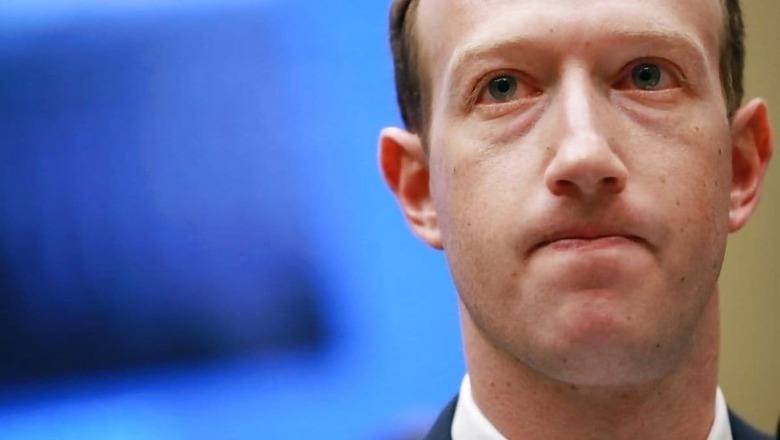
views
It isn’t everyday that you have a Big Tech CEO taking a rather well phrased dig at a fellow tech giant. Yesterday, on the sidelines of unveiling Facebook’s new Oculus Quest 2 untethered portable AR headset, company chief Mark Zuckerberg seemingly took a shot at Apple’s purported augmented reality project, which has appeared in leaks as Apple Glass. Talking about his vision of true augmented reality and what the state of AR is today, Zuckerberg compared the existing AR tech to be “like putting an Apple Watch on your face”. The point of contention was whether interfaces akin to Heads-Up Displays (HUDs) that augment a basic set of information in front of your eyes can qualify as a futuristic AR experience for the end-user.
In an interview with The Verge, Zuckerberg said that the question of advancing hardware tech will be “especially difficult”, as the industry looks to transition from the large, obtrusive headset-like virtual reality devices such as the newly unveiled Oculus Quest 2, to the ultimate goal of thin, normal-looking glasses that can double up as fully capable AR devices that not only offer basic information augmented on certain situations, but actually offer seamless connectivity and processing to augment information in real time.
Zuckerberg further said that the hardware industry presently does not have the necessary technology to port all the necessary elements into a thin pair of regular looking glasses and render spatial 3D information in real time. Incidentally, Apple is said to be working on a first generation augmented reality device, dubbed Apple Glass, which may be launched in 2022. Rumours about it have pointed at the Apple Glass featuring the HUD-like interface that Zuckerberg spoke of yesterday. On this note, Apple’s first generation AR product is expected to be an intermediate step towards the fully immersive experience that AR is expected to offer in the future.
Zuckerberg has also shunned the remote processing technology that the first generation Apple Glass is expected to come with. The latter has been reported to use the iPhone’s processing power in a bid to keep the glasses smaller, but the mainframe will still be on the bulkier side to accommodate LiDAR sensors for physical and in-air gesture tracking. As a first generation product, coupled with Apple’s design prowess, we’d imagine that the Apple Glass might just be a fairly intriguing experience for the average consumer.
Not for Zuckerberg, though.

















Comments
0 comment